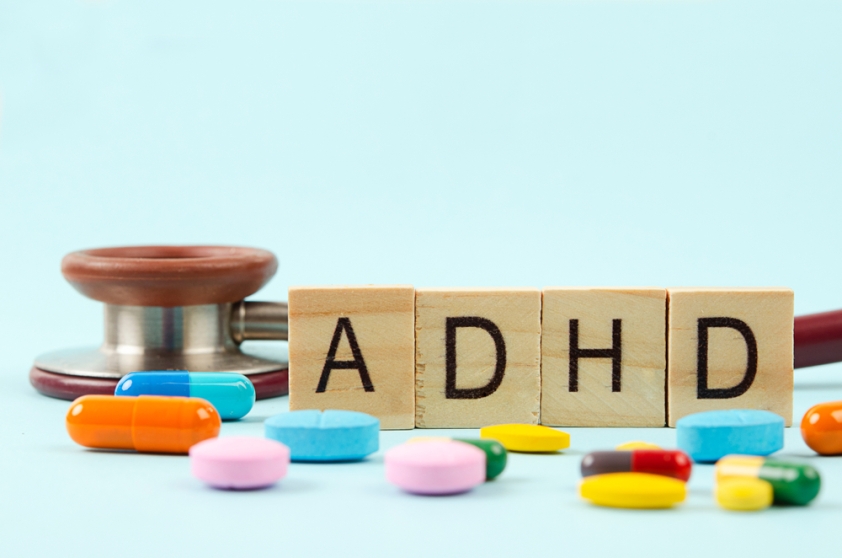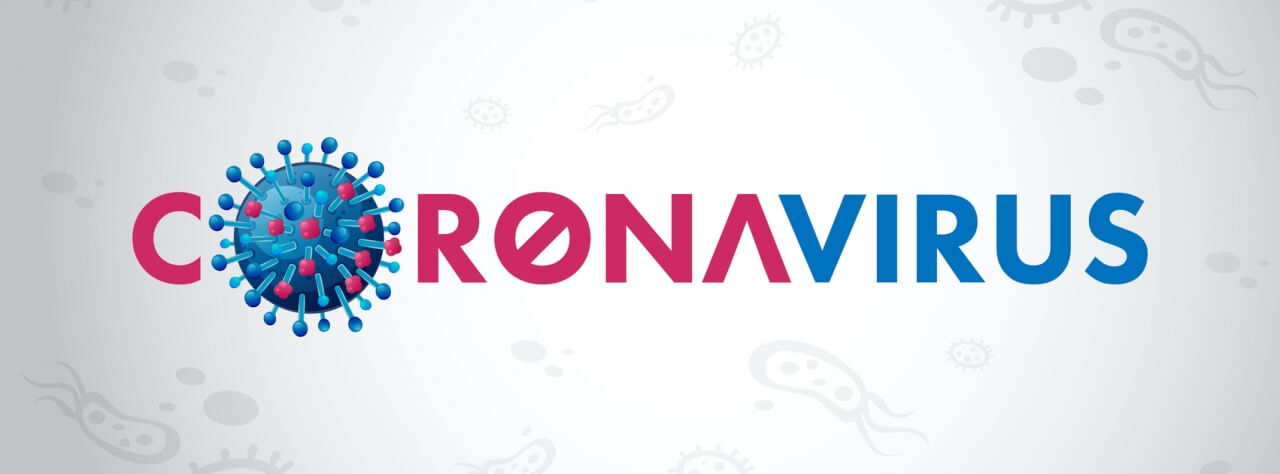ADHD: Attention Deficit Hyperactivity Disorders

WHAT IS ADHD?
Attention Deficit Hyperactivity Disorder (ADHD) is a complex neurodevelopmental disorder which affects a person’s ability to exert age-appropriate self-control. It is characterised by persistent patterns of inattentive, impulsive, and sometimes hyperactive behaviour, and is frequently accompanied by emotional regulation challenges.
What you need to know: People with ADHD have little control over these behaviours as they stem from underlying neurological differences. They arise due to an impaired ability to inhibit and regulate attention, behaviour and emotions; to reliably recall information in the moment; to plan and problem solve; to self-reflect and self-monitor; and to self soothe.
HOW PREVALENT IS ADHD?
ADHD is the most common presentation in children and adolescents in Australia. It affects approximately 281,200 children and adolescents (aged 0-19) and approximately 533,300 adults (aged 20+).
What you need to know: ADHD does not discriminate. It affects males and females of all IQ levels and from all socioeconomic and cultural backgrounds.
WHAT ARE THE CAUSES OF ADHD?
Genetic studies, including family, twin and adoption studies, show ADHD is a highly heritable disorder. No single ADHD gene appears responsible for causing ADHD. Instead, research suggests it is likely to result from number of interacting genes. Expression of these genes is thought to result in alterations in brain structure, neurochemical composition and availability, and brain connectivity and function. There are a number of environmental risk factors that may also contribute to the development of ADHD including maternal smoking and alcohol intake during pregnancy, premature birth and low birth weight.
What you need to know: There is no evidence that ADHD is caused by poor parenting, watching too much TV, eating sugar, family stress or traumatic experiences. It is also untrue that children with ADHD are simply ‘naughty children’.
WHAT ARE THE THREE TYPES OF ADHD?
ADHD symptoms tend to present early in childhood, and must be present before the age of 12 in order for a person to qualify for an ADHD diagnosis. The ADHD symptoms people can experience may vary from person to person and can change throughout a person’s lifespan.
According to the Diagnostic and Statistics Manual of Mental Disorders (DSM-5), ADHD can present in three ways:
1. Predominantly inattentive symptoms. People with inattentive symptoms tend to:
- Struggle to focus and concentrate on information or tasks they find boring or tedious
- Experience mind-wandering and be frequently interrupted by unrelated thoughts
- Be easily distracted by external stimuli miss instructions or relevant information
- Have trouble remembering information struggle to pay close attention to detail and make careless mistakes
- Fail to finish tasks or to achieve their goals lose items
- Avoid or seem reluctant to engage in task requiring sustained effort
2. Predominantly hyperactiveimpulsive symptoms. People with hyperactive-impulsive symptoms tend to:
- Fidget, tap objects, restlessly wiggle legs and generally move around more than others
- Talk excessively, blurt out answers or interrupt others. Children may also make loud noises or narrate their actions
- Respond quickly to situations without anticipating the consequences (i.e. make rash decisions or rush in without waiting to hear all of the instructions)
- Impatiently badger their parent, partner, friends etc. when they want something
- Find boredom intolerable, constantly seek stimulation
- Participates in more risk taking or dangerous behaviour
- Choose a smaller reward now rather than postpone gratification in order to receive a larger, more significant reward later.
3. Combined Symptoms. People with combined symptoms tend to display both inattentive and hyperactive-impulsive symptoms.
WHAT ARE THE KEY FEATURES OF ADHD?
Deficits in Executive Functioning
ADHD affects a person’s ability to self-regulate. The mental processes people rely on to self regulate are called executive functions. The executive functions enable a person to control their thoughts, words, actions and emotions. They also assist them to perceive and manage time, and to direct and manage their behaviour over time. For example, the executive functions enable a person to concentrate and pay attention, to inhibit their instinctual or habitual responses, to recall and evaluate information, to consider the consequences that may result from implementing an idea, and to wilfully adjust and direct their behaviour. They also enable a person to self reflect, to self-motivate, to delay gratification, to achieve their goals, to successfully navigate social situations, and to moderate their emotions in line with societal expectations.
Executive functioning abilities are thought to develop sequentially, one skill building atop the next, starting at around age 2 and reaching full development at around age 30. Children with ADHD lag significantly behind in the development of their executive functions – by approximately 30% or 3-6 years. Additionally, as they mature the majority of these children tend to only develop approximately 75-80% of the executive functioning capacity of their neurotypical peers and thus will continue to lag behind indefinitely.
Emotional Dysregulation
People with ADHD often have difficulty regulating their emotions. For example they may:
- Experience emotional lability (rapid, often exaggerated changes in mood)
- Display their emotions more intensely
- Become easily excitable
- Be quick to anger and become verbally or physically aggressive
- Focus on the more negative aspects of a task or situation
- Report increased psychological distress from their emotional experience.
- Motivation depending on Interest
The executive function challenges and associated symptoms people with ADHD experience can vary depending upon the level of interest they have in a task, the timeliness of the reward they may receive and how familiar they are with a given situation. For example, a person with ADHD may struggle to start or to complete a task if the reward for their effort is delayed or if they feel the task or situation is boring or tedious. If, on the contrary, there is an immediate reward or positive reinforcement, or the situation is new, interesting and positively challenging, they will often find starting and completing the task much easier.
However, if a person with ADHD finds a task intensely interesting they may become hyperfocused (so intensely fixated on the task that they become over-absorbed in it). When hyperfocused, they may struggle to disengage their focus and to redirect their attention away from the task or topic that is holding their interest in order to attend to more pressing or important tasks.
Fatigue (tiredness) and time of the day can also impact on the executive function capacity and symptom severity people with ADHD.
WHAT ARE THE STRENGTHS OF INDIVIDUALS WITH ADHD?
It is important to remember people with ADHD also have incredible strengths that need to be harnessed. For example, research suggests people with ADHD are often:
- curious
- creative
- imaginative
- innovative
- inventive
- great at brainstorming and thinking outside the box.
Additionally, the research suggests people with ADHD tend to do well in environments that are stimulating, challenging, busy, fast paced, intrinsically motivating, full of novelty and requiring multitasking.
Parents, partners and friends often report the people in their lives with ADHD tend to be:
- loving
- energetic
- spontaneous
- enthusiastic
- adventurous
- loyal
- honest
- genuine
- resilient
- determined
- lots of fun.
WHAT ARE THE RISKS OF UNDIAGNOSED & POORLY TREATED ADHD INDIVIDUALS?
Without appropriate diagnoses, treatment and support, people with ADHD experience symptoms which can have a profoundly negative effect on their lives.
People with the disorder may struggle to learn, achieve academically, behave appropriately, meet classroom/workplace expectations, navigate social situations and maintain friendships.
They may constantly find themselves on the receiving end of disciplinary, academic and social repercussions and as a result develop a poor sense of self, begin to feel like a failure, start to predict future failure and give up, or develop oppositional and defiant behaviour.
Children with poorly treated ADHD have been shown to have an increased likelihood of developing anti-social behaviour, anxiety and depression, alcohol and substance abuse issues and eating disorders in adulthood as well as other adverse long-term health outcomes which can reduce life expectancy.
Adults with poorly treated ADHD are at higher risk of relationship, workplace and financial difficulties. Additionally, they are at higher risk of relationship breakdown, divorce, driving infringements, criminality, injury, self-harm and suicide.
Information adapted from: www.adhdaustralia.org.au What is ADHD 201909 factsheet - version 1.4. Compiled by Lou Brown from Thriving with ADHD for ADHD Australia (2019)



